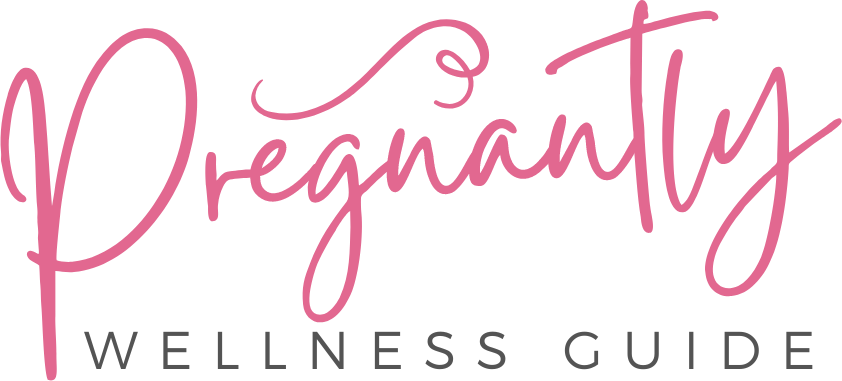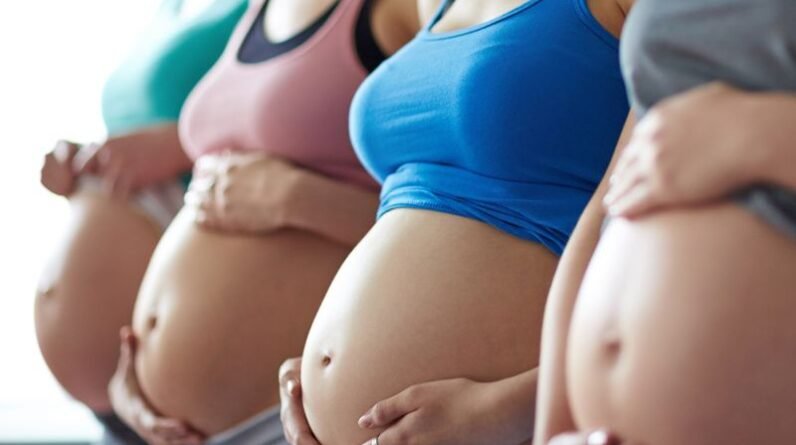
We’ve learned that there’s a significant connection between pregnancy stress and postpartum depression (PPD), with the prevalence of PPD nearly five times higher in mothers who experience stressful life events during pregnancy. Financial stress, in particular, is a major contributor, and low-income households are disproportionately affected. Relational stress and cumulative stressful life events also play a significant role in increasing PPD risk. By understanding the sources of pregnancy stress and its impact on mental health, we can work towards identifying those at risk and developing effective prevention and support strategies to improve maternal mental health outcomes.
Understanding Postpartum Depression
As we explore the complexities of postpartum depression (PPD), it is essential to understand that it affects a considerable portion of new mothers. Approximately 13% of new moms experience PPD within the first year post-delivery, with higher rates among teen mothers and those with lower incomes. Symptoms of depression can manifest as persistent sadness, severe mood swings, and difficulty bonding with the baby, interfering with daily activities and self-care.
Financial stress and cumulative exposure to stressful life events greatly increase the risk of PPD. Early diagnosis is critical, and we can work with our health care provider to explore therapeutic options, including counseling and antidepressants. Recognizing PPD as a serious mental health condition is the first step toward effective treatment and better maternal and infant health outcomes.
Sources of Pregnancy Stress
While traversing the complexities of pregnancy, it’s essential to acknowledge the multifaceted sources of stress that can greatly influence a mother’s mental health. We identify primary sources of pregnancy stress as financial stress, emotional challenges, and relational issues, with financial stress being the most notable contributor. Mothers who experience stressful life events during pregnancy have a higher prevalence of postpartum depression (PPD), reaching 18.9% compared to 4.3% for those without such events.
High relational stress correlates with an odds ratio of 4.3 for developing PPD. Cumulative exposure to stressors also shows a dose-response relationship, increasing the risk factor for PPD. Financial stress notably impacts this risk, particularly in households earning less than $10,000, with an odds ratio of 2.0.
Impact on Mental Health
We see a stark contrast in postpartum depression (PPD) prevalence rates between mothers who experience stressful life events and those who don’t. Those with stressful life events are more likely to develop PPD, with a prevalence of 18.9% compared to 4.3% for those without. The presence of multiple stressors greatly increases this risk. High relational stress and trauma-related stress have odds ratios of 4.3 and 4.1, respectively, for developing PPD.
Financial stress also plays a role, particularly in low-income households. These findings emphasize the need for targeted interventions to support mental health during and after pregnancy. By addressing these stressors, we can reduce the risk of PPD and promote better health outcomes for mothers and their families. Effective interventions can help mitigate the negative impact of stressful life events.
Risk Factors and Demographics
The demographics of postpartum depression (PPD) reveal significant disparities in prevalence rates among new mothers. We see higher rates among teen mothers (20.6%) and unmarried mothers (16.6%) in Mississippi, with an overall prevalence of 14.8%. Financial stress also plays a role, as mothers with incomes below $10,000 have a particularly high PPD prevalence of 22.9%.
Younger mothers, particularly those under 20 years old, are more likely to experience PPD. In addition, stressful life events and relational stress are strongly correlated with PPD, with odds ratios of 4.3 and 4.1, respectively. Understanding these demographics can help us better identify mothers at risk of PPD and inform targeted support strategies to promote mental health and well-being.
Prevention and Support Strategies
Addressing the risk factors associated with postpartum depression (PPD) requires effective prevention strategies that target vulnerable populations. Given the high prevalence of PPD among new mothers who experience considerable stressors, we must focus on interventions that promote stress management and emotional support. Supportive relationships, particularly with partners, can serve as a protective factor against PPD.
Early identification of stressors and prompt intervention, such as counseling and support groups, can notably reduce the risk of developing PPD. Effective prevention strategies should include education about stress management, resources for emotional support, and targeted interventions for high-risk groups, such as unmarried and low-income mothers. By prioritizing maternal mental health, we can mitigate the risk factors associated with PPD and promote healthier outcomes for new mothers.
Conclusion
As we navigate the complex relationship between pregnancy stress and postpartum depression, it’s no coincidence that many new mothers find themselves struggling to cope. Research shows that nearly 1 in 7 women experience PPD, and it’s often linked to stress during pregnancy. By recognizing the sources of stress and implementing prevention strategies, we can reduce the risk of PPD and support new mothers in their shift to parenthood.







